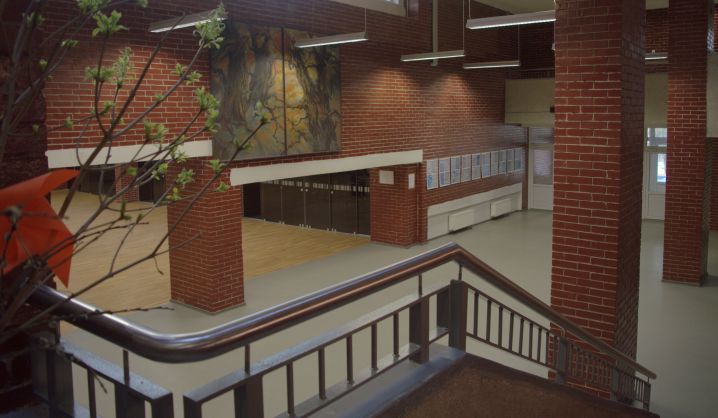VGTU Architektūros fakultetas / VGTU Faculty of Architecture
November 18, 2016 – November 19, 2016
Konferencijos „Švietimo architektūra“ tikslas yra aptarti architektūros ir ugdymo paradigmų sąveiką ir kaitą. Gerovės visuomenės kūrimas, kaip esminis Lietuvos pažangos tikslas, tiesiogiai priklauso nuo švietimo sistemos pokyčių sėkmės. Tikimasi, kad bendra edukologų, architektų, istorikų ir kitų švietimo iššūkius analizuojančių sričių atstovų diskusija taps postūmiu bendrai mokyklų kokybinės raidos koncepcijai kurti.
Šiuolaikinė edukacinė sistema Lietuvoje tebėra atsieta nuo ugdymo procesų realizavimui skirtų fizinių erdvių. Šiandieninės mokyklos pastato kokybė neretai apibūdinama tik šiluminio efektyvumo rodikliais ar naujai apdailintu eksterjeru. Energetiniai parametrai ir elementariosios higienos reikalavimų tenkinimas yra būtinas, bet tik pirmasis žingsnis ugdymuisi palankių erdvių kūrimo eigoje. Siekiant pereiti į kitą etapą, numatantį kokybinę mokyklos erdvės pertvarką, svarbu suvokti ugdymo nuostatų ir fizinės aplinkos sinerginį ryšį, identifikuoti mokyklos architektūrą kaip neatsiejamą ugdymo(si) sistemos dalį, atsižvelgiant į galimą architektūrinės aplinkos programuojantį poveikį ugdomųjų sąmonei ir sutelkti edukologų, architektų ir kitų suinteresuotųjų pajėgas, formuojant naujosios kartos harmoningam ugdymui adekvačią fizinę aplinką.
The aim of the conference “Educational Architecture“ is to discuss the interaction and relationship between architecture and educational philosophies. Future welfare society, as an essential goal of Lithuania's progress, depends directly on the successful changes in the education system. We expect that the discussion among educators, architects, historians and the other specialists who deal with the challenges of education environment will set forward the qualitative development of the modern learning space.
Modern educational system in Lithuania is still dissociated from the teaching and learning physical environment. The quality of a building of today's school is often characterized by the indicators of thermal performance or by newly finished exterior. Compliance with the indispensable energy parameters and the hygiene requirements are only the first step in the development of space that is favorable for teaching and learning. Understanding the synergy of educational provisions and physical environment grounds the next step in qualitative transformation of school space. It is necessary to acknowledge the school architecture as an integral part of education system, taking into account the possible programming impact of the built environment on the pupils’ conciousness and their cognitive capacities. It is particularly significant to mobilize educators, architects and other interested forces for shaping the physical environment that is the best for harmonious development of new generation.

